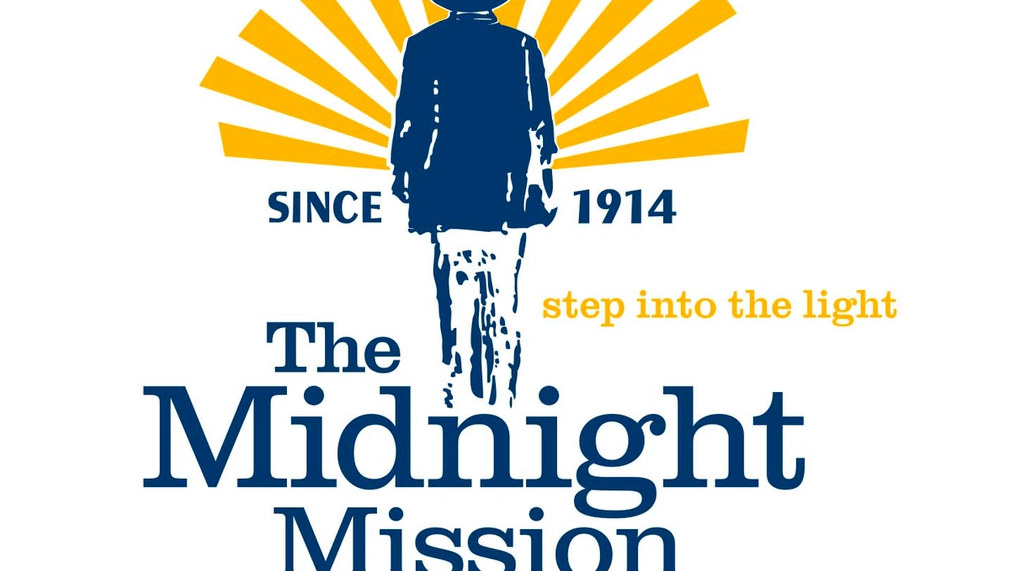Self Sufficiency and Recovery from Homelessness
The Midnight Mission provides shelter and services to individuals and families experiencing homelessness. We help equip people with the tools needed to get housed, stay housed, and re-join their community.

What is the primary issue area that your application will impact?
Housing and Homelessness
In which areas of Los Angeles will you be directly working?
Central LA
South Bay
In what stage of innovation is this project, program, or initiative?
Expand existing project, program, or initiative
What is your understanding of the issue that you are seeking to address?
The Midnight Mission provides much needed emergency shelter and meal service to individuals and families experiencing homelessness through its low barrier programs in Inglewood and the Skid Row area in Downtown Los Angeles. Each night according to LAHSA’s 2020 homeless Count 69,000 individuals, families, elderly persons, and youth are sleeping in cars, tents, on sidewalks, on bus benches, under bushes, and in abandoned buildings throughout Los Angeles. The Skid Row area has been determined by LAHSA to be a “Priority Zone 1” based on the high density of people experiencing homelessness and living in extreme conditions on the street. The area has one of the highest chronic homeless ratios at 37%, as well as Domestic Violence/Intimate Partner Violence (DV/IVP) rates of 36%. It is also significant to reference the 11% increase in street homeless populations in the Skid Row area over the prior year, demonstrating further demand and need.
Describe the project, program, or initiative this grant will support to address the issue.
Our goal is to end the crisis of homelessness and assist people into housing that can be sustained with employment or equivalent resources. While we look at short-, medium- and long-term goals in conjunction with length of time and types of services received, we're really looking at success as defined by someone that is able to manage personal challenges, obtain & retain income to maintain self-sufficiency, and is able to exit into permanent housing. *100% of those seeking services will engage in problem-solving conversations to help divert people from having to enter shelter. *100% of those entering shelter will create a unique plan addressing housing, income, self-sufficiency, and barriers such as recovery needs or mental health challenges. *100% of those with a plan will be connected to needed services *60% of those exiting will have increased income *50% of those exiting will exit to stable housing.
Describe how Los Angeles County will be different if your work is successful.
*100% of those seeking services will engage in problem-solving conversations to help divert people from having to enter shelter. *100% of those entering shelter will create a unique plan addressing housing, income, self-sufficiency, and barriers such as recovery needs or mental health challenges. *100% of those with a plan will be connected to needed services *60% of those exiting will have increased income *50% of those exiting will exit to stable housing. We look at the social impact of our work by considering the societal costs that occur as a result of homelessness as measured against the cost of providing a service that will end someone’s homelessness and provide them the tools to maintain housing in a sustainable way. Rental subsidies start at $11,400 annually, much less than L.A.’s County Department of Health Services’ estimate of the cost of being homeless and utilizing hospitals, which would be $50,000 to $150,000 per person per year.
What evidence do you have that this project, program, or initiative is or will be successful, and how will you define and measure success?
Our primary goal is to use diversion to divert people to the most appropriate housing for their need prior to entry. If diversion is not possible then our goal is to connect them to stable housing as rapidly as possible. Our programs have clearly defined objectives intended to achieve specific outcomes including *100% of those seeking services will engage in problem-solving conversations to help divert people from having to enter shelter. *100% of those entering shelter will create a unique plan addressing housing, income, self-sufficiency, and barriers such as recovery needs or mental health challenges. *100% of those with a plan will be connected to needed services *60% of those exiting will have increased income *50% of those exiting will exit to stable housing. Shelter beds provide an interim housing option for someone who can't be diverted. The ultimate measure of success is to end the episode of homelessness and connect someone to stable housing.
Approximately how many people will be impacted by this project, program, or initiative?
Direct Impact: 1,500
Indirect Impact: 8,500